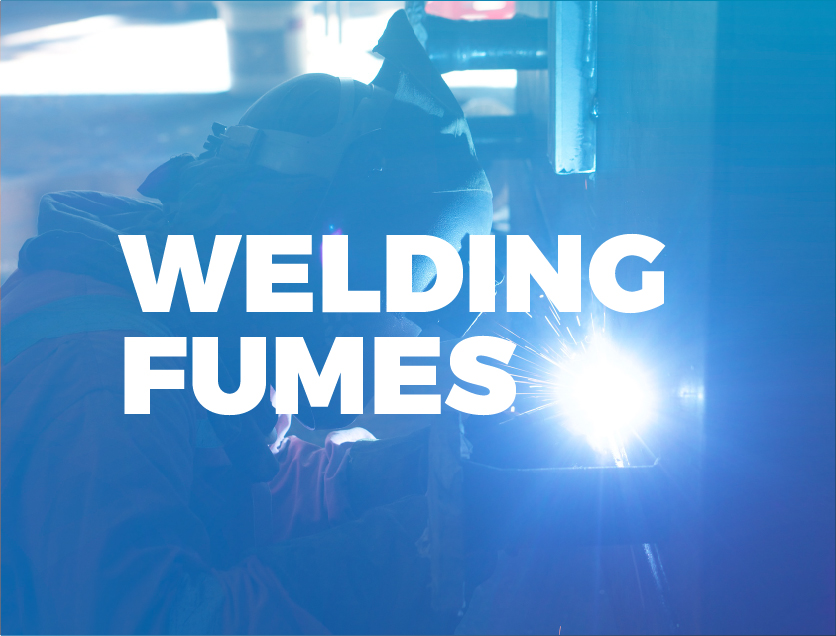What Do Welding Fumes Consist Of?
17 Sep 2017
Welding fume consists of airborne un-burnt flux residues, particles of both filler rod material as well the material substrate and heat fume generated from the welding process itself. Exposure to welding fume short and long term should be avoided at all costs. The best way of preventing this is to prevent the fumes/dust from getting into the breathing zone of the operator by collecting it before it gets airborne.
Working with stainless steel may produce welding fumes containing nickel and chromium. If you have asthma, exposure to nickel can make your illness far worse. Chromium can aggravate or cause sinus problems. Both nickel and chromium exposure may cause cancer!
Short-term Effects
Welding smoke can irritate the eyes, nose, chest, and respiratory tract and cause coughing, wheezing, shortness of breath, bronchitis, pulmonary oedema (fluid in the lungs), and pneumonitis (inflammation of the lungs). Gastrointestinal effects, such as nausea, appetite loss, vomiting, cramps, and slow digestion, also have been associated with welding smoke exposure.
Some welding fume components and welding processes can be especially dangerous in a short period of time. Cadmium in welding fumes can be fatal in a short time. Ultraviolet radiation given off by welding reacts with oxygen and nitrogen in the air to form ozone and nitrogen oxides, which are deadly at high doses, irritate the nose and throat, and eventually cause serious lung disease.
Long-term Effects
Studies show that welders and those involved in brazing, soldering and metal cutting have an increased risk of lung cancer. According to the AFSCME fact sheet, these findings are not surprising in view of a large number of toxic substances in welding smoke, including cancer-causing agents such as cadmium, nickel, beryllium, chromium, and arsenic.
Welders also may have chronic respiratory problems, including bronchitis, asthma, pneumonia, emphysema, pneumoconiosis (dust-related diseases, decreased lung capacity, silicosis [caused by silica exposure], and siderosis (a dust-related disease caused by iron oxide dust in the lungs).
Welders who weld or cut surfaces covered with asbestos insulation are at risk of asbestosis, lung cancer, mesothelioma, and other asbestos-related diseases. Employees should be trained and provided with proper equipment before welding near asbestos-containing material.
All risks are greater for welders working in confined spaces. Basically, if you collect the fume before it gets airborne you minimise the effects to all staff.
MOVEX PRH-800 Long Welding Nozzle
Movex Equipment PRH-800 Hood is 800x240x110mm with 360° swivelling function. Made in powder-coated aluminium plate with a quick connection made in powder-coated sheet steel.
Available in two versions:
- PRH 800-160/2 for PR 2000-160
- PRH 800-160/3 for PR 3000-160 up to PR 11000-160
Technical data
- Hood: Powder-coated aluminium plate
- Fixation area: Sheet steel
- Weight: Approximately 2.5kg
